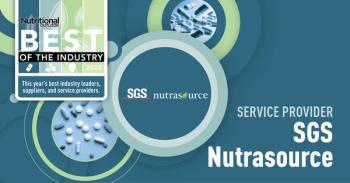
|Slideshows|October 26, 2016
- Nutritional Outlook Vol. 19 No. 9
- Volume 19
- Issue 9
5 Lesser Known Botanical Ingredients Poised for Supplement Market Growth
Author(s)Robby Gardner
Though these lesser-known botanicals haven’t achieved widespread global use yet, their moment could be just around the corner.
Advertisement
Articles in this issue
about 9 years ago
Are Omega-3 Supplements Heart-Healthy?about 9 years ago
Brain Health and Sports Nutrition Team Up in Dietary Supplementsabout 9 years ago
Stevia's Growth Marketsabout 9 years ago
Capsule and Softgel Advancements for Dietary SupplementsNewsletter
From ingredient science to consumer trends, get the intel you need to stay competitive in the nutrition space—subscribe now to Nutritional Outlook.
Advertisement
Advertisement
Advertisement
Trending on Nutritional Outlook - Supplement, Food & Beverage Manufacturing Trends
1
Artemis International: 30 Years of Science-Backed Berry and Botanical Innovation
2
Pycnogenol supplementation effective for lipedema symptom reduction, new clinical trial demonstrates
3
Certifications, Clinical Trials, and Consumer Trust: How SGS NutriSource Serves the Industry
4
A Leader for the Times: NOW Health Group's Jim Emme on Thoughtful Leadership
5





